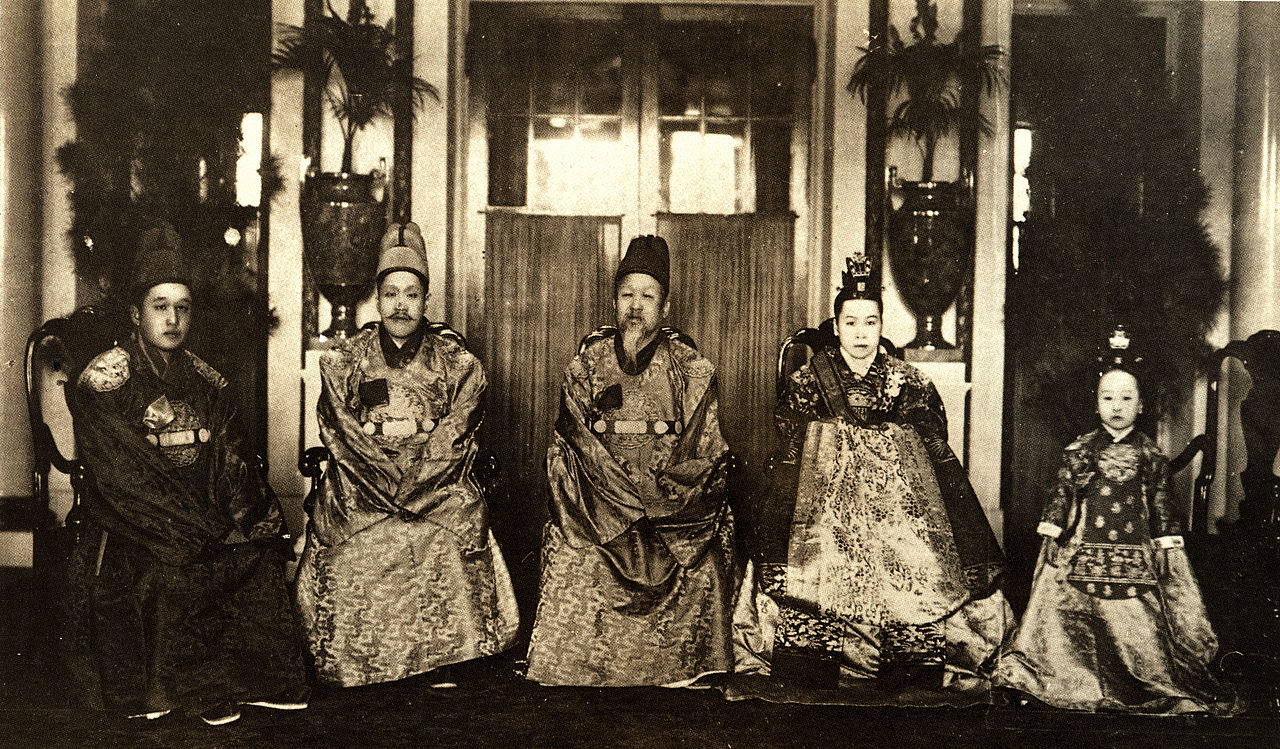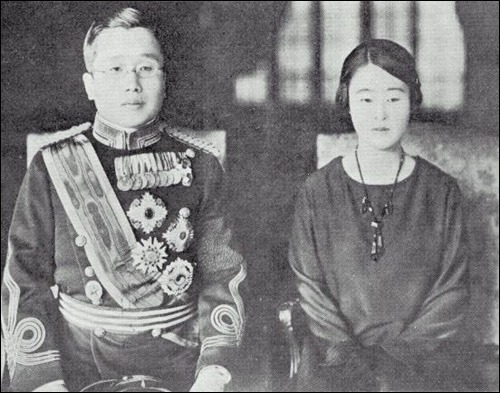Before the formation of the Sixth Republic of Korea (South Korea) and the Democratic People’s Republic of Korea (North Korea), Korea had a long history of monarchs ruling over the land. The last monarchy that ruled Korea was during the Joseon Dynasty, which governed the country for more than 450 years.
Although the Joseon Dynasty has officially ended in 1897 and monarchy was abolished in 1945, the descendants of its royal family are still present to this day through the House of Yi, although they are no longer the ones governing the land.
Despite their loss of power in Korea, the Korean royal family continues to be a grand symbol of the country’s rich history and culture, which is why South Koreans still give respect to the current members of the Yi clan.
If you want to learn more about the Korean royal family, here is a short history of the House of Yi starting from their rise to power during the Joseon dynasty, up to the happenings with the current members of the house.
Rise of the Joseon Dynasty
The Kingdom of Goryeo was established after the Three Kingdoms in Korea was unified in 918. These Three Kingdoms, namely Silla, Baekje, and Goguryeo, were united under the rule of Taejo Wang Geon, a general from Goguryeo. Wang Geon first overthrew the monarchs in Goguryeo and proceeded to annex Silla in 935. In 936, Wang Geon successfully conquered the last remaining state, Baekje, thus leading to the birth of Goryeo.
During the last years of Goryeo, the Mongol Empire has slowly gained power over Korea through blood ties developed from intermarriages with the Mongolian royal family. Because of this, they repeatedly exercised their claim over the land and tried to conquer several portions of Korea, successfully annexing the northern provinces of the country under the Mongol rule.
It was in 1356 when a minor military officer serving under the Mongols named Yi Ja-chun planned to retake the provinces and give it back to Goryeo. His son Yi Seong-gye then received acclaim from the royal family and the ordinary people because of his effective plans of pushing the Mongols off the land in the following years after helping retake the provinces.
In 1388, Yi Seong-gye was tasked to lead the invasion of the Liaodong Peninsula that was under Mongol rule, an order which angered his rival Choe Yeong who wanted to lead the attack himself. However, Yi Seong-gye disobeyed the order to head north and instead marched south to battle Choe Yeong and the military forces of Goryeo.
Yi Seong-gye then established the Kingdom of Great Joseon after overthrowing the Goryeo dynasty in 1392. The Joseon dynasty, with the support and supervision of China’s Qing Dynasty, continued to rule the country of Korea peacefully until the First Sino-Japanese War.
Joseon Dynasty’s Downfall
China and Japan fought for the right to control Korea during the First Sino-Japanese War that occurred from 1894 to 1895.
After losing two Opium Wars in 1842 and 1860, China’s military forces suffered significant losses. This period of China’s weakness was taken advantage of by Japan, who has been planning to conquer Korea for a long time because its military officials think that Korea serves as a bridge for China to invade their country. By conquering Korea, Japan will be able to close that bridge while also creating their own to invade China in the future.
Japan defeated China decisively on April 17, 1895, thus gaining control of Korea and its government. The king of the Joseon dynasty during that time, King Gojong, was pressured by the Japanese in 1876 to sign the Treaty of Ganghwa. The treaty states that the Joseon dynasty will stop being a tributary state to China’s Qing dynasty, and Korea must now open three ports to allow Japanese trade. The most unjust article written in the treaty is Article 10, which states that Japanese people in Korea are given extraterritorial rights, meaning that Korean laws cannot be applied to the Japanese. The article makes the Japanese free to commit crimes without receiving any punishment in the country.
The Treaty of Ganghwa led to the end of the Joseon dynasty and the creation of the Korean Empire that is still led by Gojong, who now has the title of emperor. The Korean Empire will only last 13 years until Korea becomes annexed to Japan in 1910.
The Royal Family under Japanese Rule
Two years before Gojong created the Korean Empire, a tragedy struck the Korean royal family. Gojong’s wife, Queen Myeongseong, was assassinated on October 8, 1895, at the Gyeongbukgung Palace located in Seoul. It was believed that she was assassinated by Japan because of her connection to Russia. Myeongseong is constantly in negotiation with Russia in hopes that they can help overthrow the rule of Japan in their country. After her assassination, Gojong was again pressured by the Japanese to turn Joseon into the Korean Empire in 1897 through the use of the Gabo Reform.
When Gojong was forced to step down in 1907 by the Japanese, his son Sunjong took his place as the emperor of Korea. During this time, Japan took Sunjong’s younger half-brother, Yi Eun, and raised him with Japanese ideals and beliefs. Japan believed that they could use Yi Eun to strengthen their power over the Korean government once he becomes the emperor, as he can act as a puppet for their rule.
Yi Wang, another brother of Sunjong, was supposed to be the next crown prince, but Japan opposed it as they wanted Yi Eun to succeed Sunjong. Discovering that Japan intends to overpower the Korean government in the future after annexing Korea in 1910, he planned to push back Japan from Korea in 1919. However, the plan was thwarted when several Japanese officials went to Manchuria to capture Yi Wang.
Sunjong stepped down as emperor of Korea in 1910 under the orders of the Japanese government. Now that the throne is abolished and Korea is annexed to their country, Japan gave Yi Eun the title of “Crown Prince of Korea” to only serve as a pretender and as a symbol of Korean rule while Japan is the one controlling the government in the country.
Yi Eun served as a Commanding Officer of the 59th Regiment in the Imperial Japanese Army. He was then promoted further as a lieutenant colonel in 1932, as a colonel in 1935, as a major general in 1938, and finally as a lieutenant general in 1940.
The Royal Family after World War II
After World War II, when Korea became free from Japanese rule and was split into two states by the United States of America and the Soviet Union, Yi Eun gave a request to the South Korean government for him to come back to his home country with his family. This request was rejected by Syngman Rhee, the president of South Korea, as he didn’t want Yi Eun to return out of fear that the crown prince might challenge his rule over South Korea.
Syngman Rhee also seized the royal family’s properties in South Korea, which led to the remaining members of the family being stripped of their wealth. The seizing of their properties forced them to flee to other countries like the United States as they can no longer have homes to live on in Korea.
However, Yi Eun and the other members of the House of Yi were allowed to return to Korea in 1963 by then-president Park Chung-hee. Also, Changdeokgung Palace, the royal family’s former residence, was given back to them and will remain as their primary residence in South Korea.
It was in Changdeokgung Palace where Yi Eun died on May 1970 after suffering from an undisclosed illness. His son Yi Gu was then assigned as the head of the House of Yi after his death.
Yi Seok, the son of Yi Eun’s older brother Yi Kang, took over as the head of the house after Yi Gu’s death in 2005. Interestingly, Yi Seok has already proclaimed a successor in 2018. The next leader of the House of Yi is Andrew Lee; a Korean-American who currently owns a tech company in California called Private Internet Access.
The turbulent history of the Korean royal family is a testament to their resilience to endure and fight oppression. The House of Yi’s strength to survive all of these hurdles remains as an inspiration to the Korean people, and that is why they serve as an example of how Koreans can overcome problems even if the odds are stacked against them.

